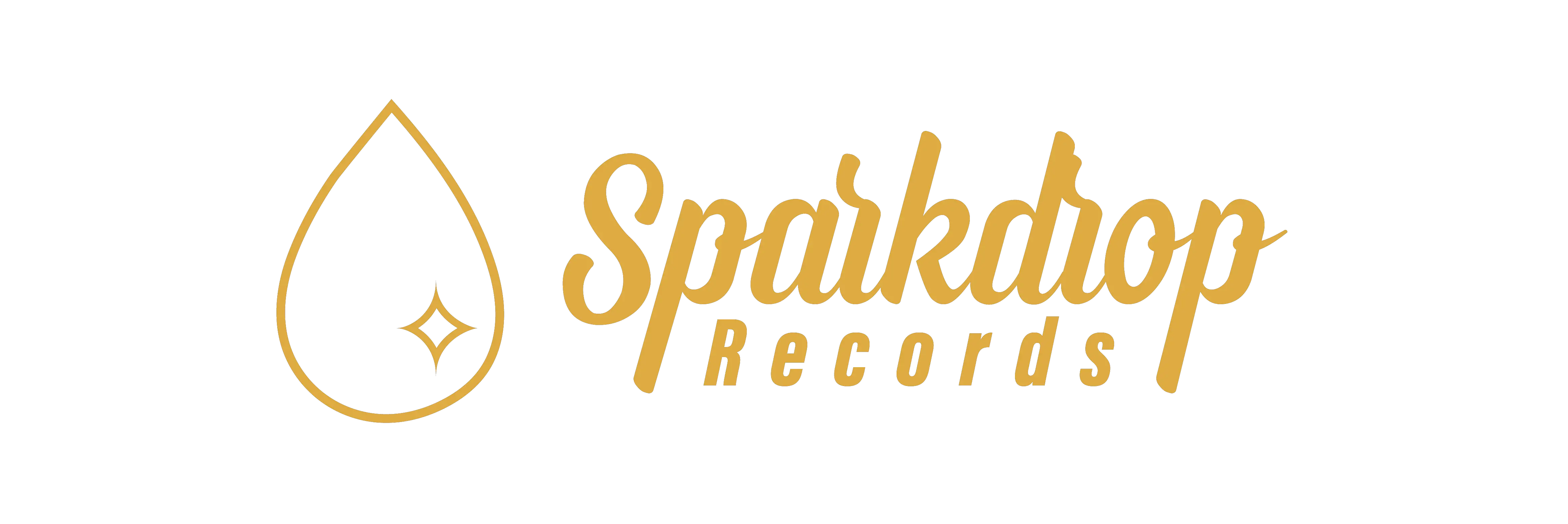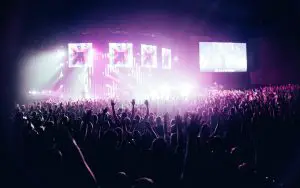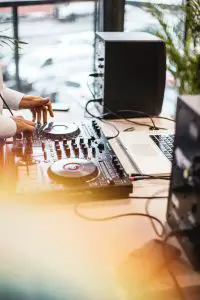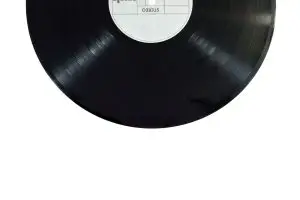The advent of the internet has grossly affected every sector of human existence. 21st-century music is also undoubtedly affected (especially as regards sales and publicity) by the innovation of the digital market and platforms. Social media platforms and online music stores have drastically changed the music landscape and reach globally. It is no news to many, while some are yet to awake to reality. As everything is going digital, digital music is taking over from the traditional records and live performances. Hence, every artist, label, and musician must have a sound understanding of digital music and its opportunities for everyone who has access to it.
Digital technology allows for digital music file sharing and marketing, expanding the market size to a global scale. Many digital platforms are created to accommodate almost all musical activities, from music-making to music sharing. These platforms either exist as social media platforms or music stores.
It is straightforward to access these platforms as it does not require sophisticated machines. Simple technological gadgets like a mobile phone, tablet, or personal computer are all you need. Digital platforms enable you to upload, share, and promote your music and make money resultantly. Hence you must understand how they work since there are many of them; you must understand how to get your music on the best platforms for your music. This article will help you know Digital Music Platforms and get your music on the best platforms for you.
- Digital Music
- Digital Music platforms
- How to get your music on the best platforms
Digital Music
Digital music is also called Digital Audio. It is simply a method of representing music with numeric values or computer language (1s and 0s). Digital music is always created in specific formats that define the applications that can read them. The most popular format for digital music files in Mp3, and as a result, Digital Music is also commonly called Mp3. In contrast to Digital Music, Analog Music is when sound is stored in tapes or vinyl records. These were the means used to distribute music to the audience/listeners traditionally before the innovation of Digital Music. Digital music, however, still uses physical mediums to store music data. Digital music is in two forms; Non-Physical Digital and Physical Digital Media.
Physical Digital
Physical Digital is simply digital music in a hard-ware. The most common hardware is the CD (compact disc). How it works is; digital music is stored in the compact disk and can be read by a CD player, which uses laser beams to measure and decode the stored music as binary data. With the availability of digital clouds, music can easily be stored without hardware and accessed without a CD player. Hence, the use of physical, digital media is drastically declining.
Non-physical Digital
Non-physical digital or digital audio files, on the other hand, use different encoding formats to store audio. An example is an Mp3 file downloadable from the internet. They are easily accessible platforms, and you can play them on gadgets like computers and phones, among others. Apart from Mp3, non-physical digital music can also exist in other formats like; WMA, AAC, etc. Also, you can convert digital music from one format to the other using audio converting software like TVC converter, among others. Like the physical CD player, you can play non-physical digital music using software that enables audio playback like Windows Media Player and physical devices like the television and Bluetooth devices.
This article focuses on non-physical digital music often available on various platforms for download and streaming. In the digital world today, there are different accessible platforms for digital music.
Digital Music platforms
There are many digital music platforms you can take advantage of. Most of them share basic standard features like allowing users to create customizable channels, while some stand out with unique characteristics. You can use most of these platforms by simply joining or creating an account for free. However, you can only enjoy it to a limit using free service. To enjoy more of the available functions, you may need to upgrade your account to premium.
Premium accounts and other packages often come with more advanced features that you have to pay for. Some platforms will give you a short period of the free trial, after which you have to pay to gain access to the platform. These platforms serve as middlemen between music makers and their audience. The list of available digital music platforms today is enormous. In this section, we will explore some of the best options available out there. However, you can click here to see more options. If you want your music on digital music platforms, these are some of the best platforms you should know about:
Amazon Music
Amazon Music is one of the largest digital music platforms that provide audio streaming services. It is an extensive online music library and store which enables music lyrics upload. Amazon Music allows for a 90days free trial, after which you will have to make payment to continue using the platform. Also, it does not allow the upload of video content; hence, suitable for your music only in audio format.
Tidal
Compared to Amazon music, Tidal is still young in existence. Nevertheless, it is one of the fastest-rising digital music platforms with many recent headline features in the music streaming world. Tidal focuses on major labels for now, but with the new features and upgrades coming up, it will eventually accommodate indie labels.
Apple Music
Apple Music is one of the best platforms over time. It features music playlists and provides top-notch music streaming services. Presently Apple music streams about 75 million tracks and also enables lyrics upload. However, it has no free version, and it’s limited to users of Apple devices.
SoundCloud
SoundCloud attracts about 175million users monthly. It is indeed a giant in the free music streaming world. The platform accommodates both the big names and the upcoming. It is straightforward, fun to use offers free access.
Audiomack
Like SoundCloud, Audiomack is another easy-to-use digital music platform. It allows you to measure the reach of your music with a trend-based ranking feature. You can quickly know the number of plays and downloads daily on your song. It is very suitable for independent artists, especially for visibility.
iTunes
It is another contribution of Apple to the digital music world. iTunes is dated way back and has upheld excellent service as far as music playlisting is concerned. The brand name is a strong one built over the years for artists to leverage to win some fans.
Spotify
Spotify has built itself over the years as a robust digital music streaming platform. It has a massive library of music from major artists, and this makes it attractive. It accommodates free users and also has a premium package. Free users, however, are often bugged with advertisements, but the premium version is ads-free. It is an excellent place to start in case of a low budget.
YouTube
A significant advantage of YouTube is that it allows for video uploads. Meaning This means you can upload your music in video format. However, it does not allow the upload of audio formats unless converted to video form. It is perfect for independent artists, and it is pretty easy to navigate. It has a massive number of users, and with the right number of views and likes, your music video upload can fetch you good money.
Google Play
Google Play is one of the world’s most powerful digital music platforms. Android phone users most widely use it; hence becomes essential in expanding your audience base. It is to Android as iTunes is to Apple products, but your Fanbase can financially support your music with Google play.
Vimeo
Vimeo, like YouTube, is also perfect for music video uploads. Although not as powerful as YouTube, it is an excellent alternative.
Website
As crucial as these platforms mentioned above are, you must have your music website where people can have access to your songs. Before making a name, you can leverage the popular platforms more but make sure your songs are also available on your website. Once you are famous, many of your fans will pay attention to your website. Having your website is not as difficult as it may seem. Click here for tips.
How to get your music on the best platforms
You must understand that both artists/labels and music lovers have access to these digital music platforms. It means that both the music maker and the listeners use these platforms. The functions they use and the roles both parties play differ. Generally speaking, there may be no best platform. However, relatively as an artist or label, there is the best platform for your music. To a large extent, your music and target audience determine the platforms best suited for you. To make getting your music on the best platforms easier, here are a few things to consider;
Why digital platforms
Firstly, you must define your reason for getting your music on digital music platforms. As evident as the response to that may seem, there are several reasons why you may want your music on these platforms, and one reason may be weightier than the other—getting your music on digital platforms maybe towards the result of increasing your fan base or increasing your income, or both. For instance, if your audience is rural with poor access to technology or the internet, you should rethink getting your music on digital platforms.
Your target audience
If your reason for using digital platforms is cogent, you must define your target audience to discern which platform will best reach them. For instance, iPhone users use Apple music more, and android users use Google Play more. If your target is to gain more African audiences, you should prioritize getting your music on Google Play.
What you can afford
Also, not all the available platforms are free, and not all the free platforms give you access to full functionality without pay. Frequently, to maximize these platforms with a vast number of users, you need to pay the necessary charges. Hence, your financial capacity or budget will determine the platforms you can access and harness. If your budget is low, you can use free platforms or free features and eventually upgrade to premium to access other functions when you can afford it.
Capacity and efficiency
You should check out as many platforms as you can, find out the number of users and available packages. The number of users on a platform is the size of your reachable audience. Also, ensure you can claim due to royalties as this is how you generate income.
Conclusion
With the availability of numerous digital music platforms, it may be confusing to make the best choices. However, considering the necessary things and having the proper knowledge simplifies the process. Follow the process and get your music on the best platforms. However, you must stay informed as specific changes in the internet world affect the productivity of digital music platforms, and being informed can help you make timely decisions as to which platform to join per time. Also, note that you can get your music on as many platforms as possible at the same time.






